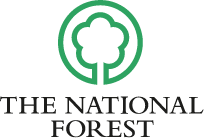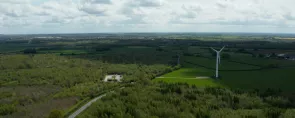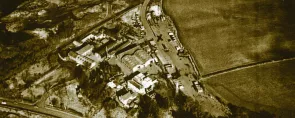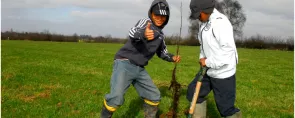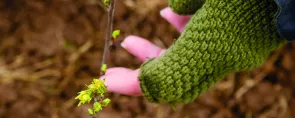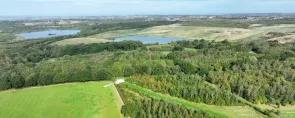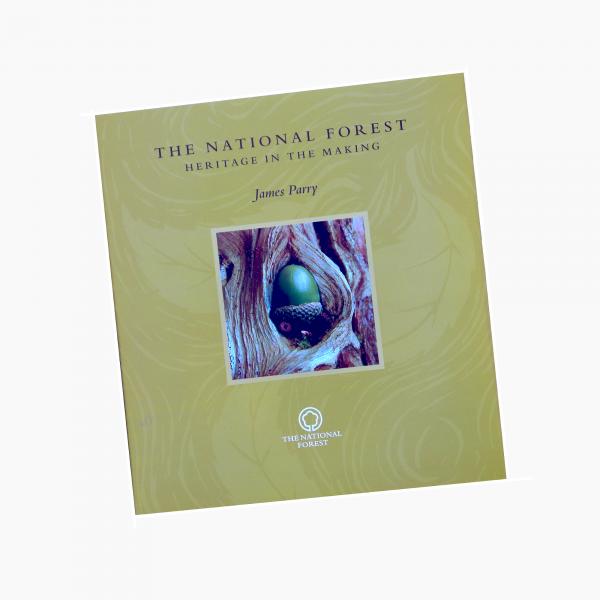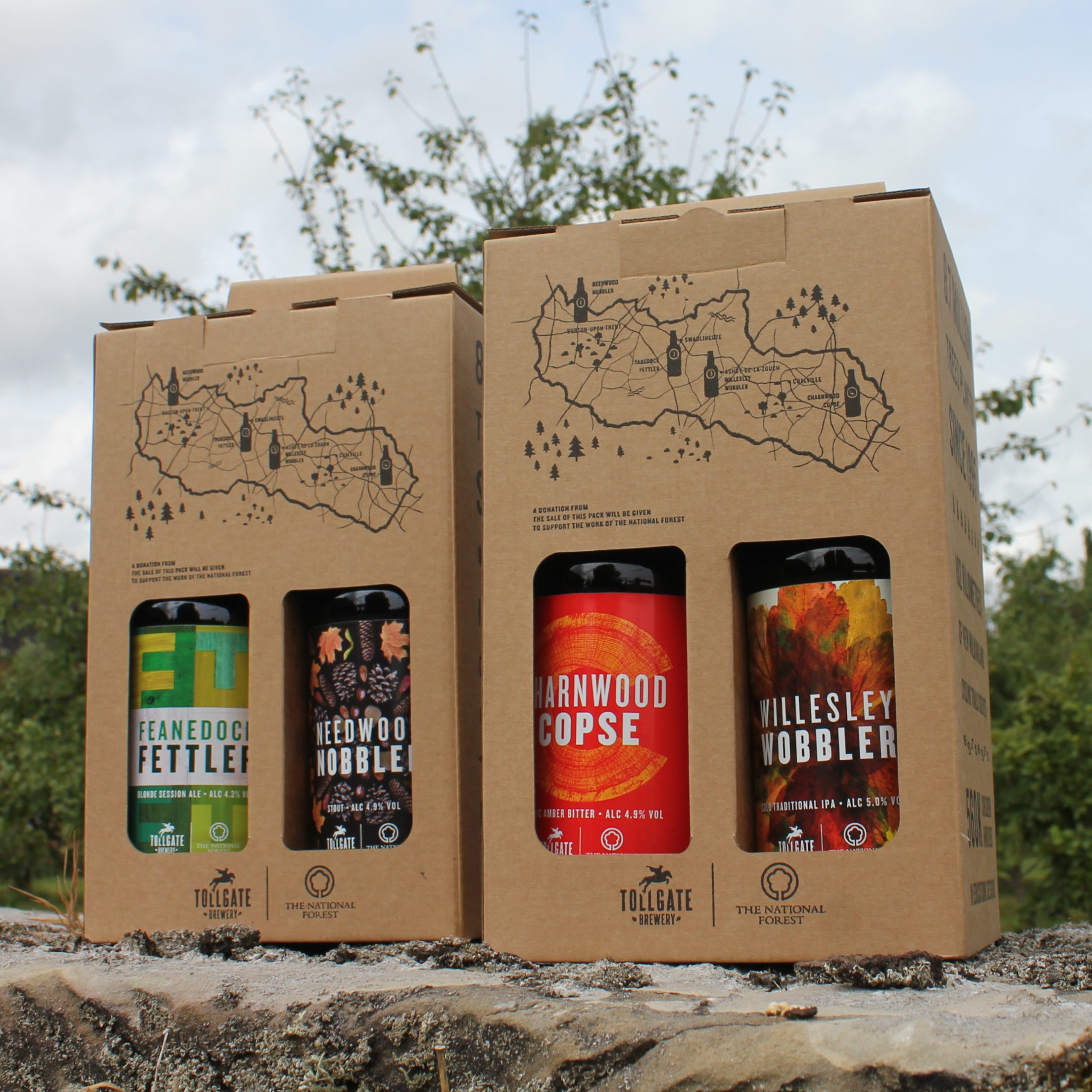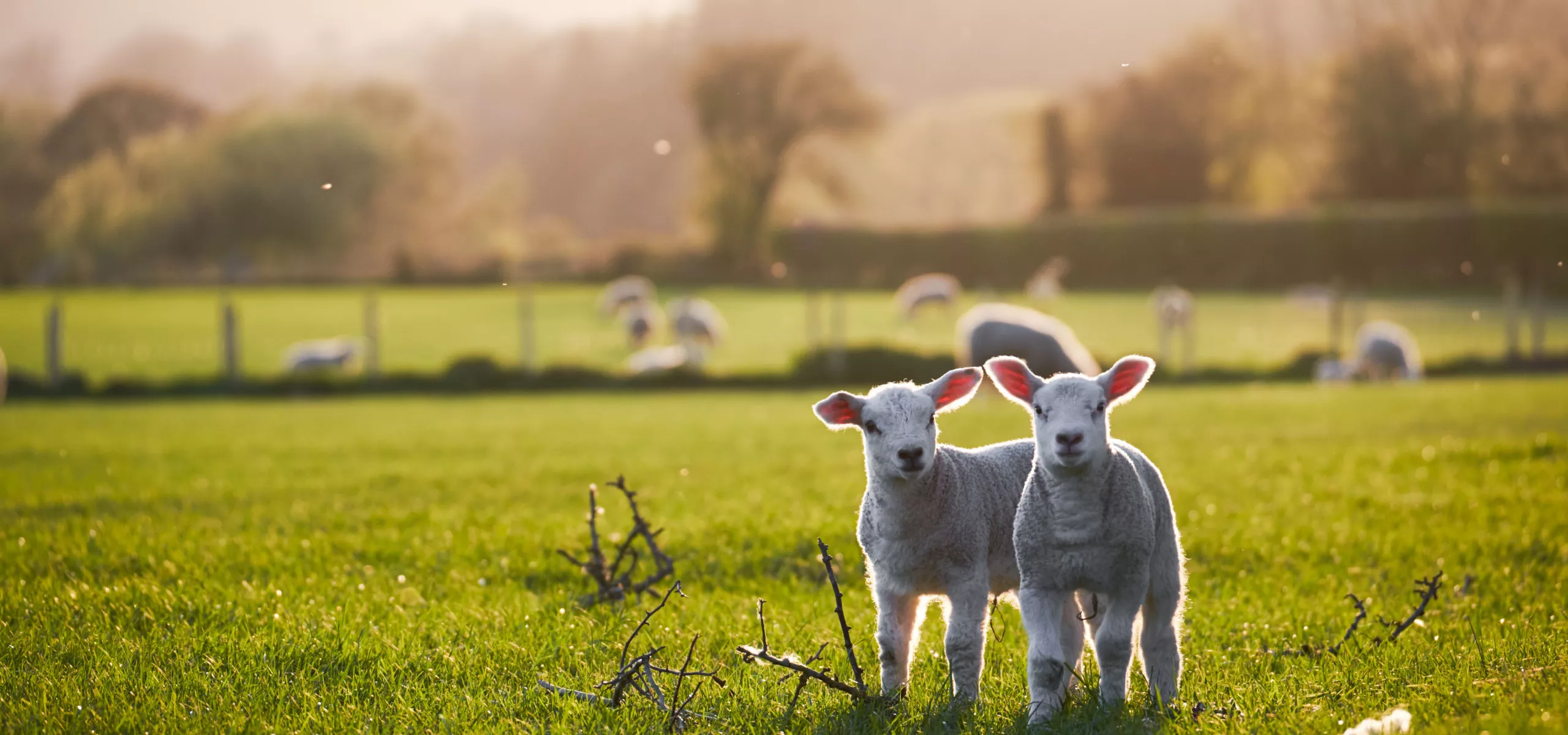The milk that can only be produced following a ewe or a cow giving birth was lifesaving in pre-industrial times. Before modern farming methods, there would have been no milk available over the winter months and the protein from the butter, cheese and whey would have kept folk going through the hard frosts of late winter. Imbolc or Oimelc literally means ‘in the belly’ referring to the hope of new life and new milk to come.
Imbolc is strongly associated with the feminine and the Celtic Goddess Brighid, or Bride, or many other spellings. Brighid is a deity with triple aspects, Maiden, Mother and Crone, that are celebrated at different times of the year. At Imbolc she transitions from the Crone, who brings rough winter weather, to the Maiden aspect who brings spring rain. Brighid is also a fire goddess she carries the light that brings the thaw, warms the soil and brings it to life. She is the fire that purifies and brings the energy for spring cleaning. She is the Goddess of poetry, healing and smithcraft, fire being the key ingredient – the spark of life, of inspiration and creation, the heat of the forge that transforms base metal into precious objects.
In her Maiden aspect Brighid represents youthful curiosity, openness and a sense of adventure, a general sense of excitement at life’s opportunities. She is full of potential and full of love and many ancient cleansing and fertility rites were celebrated at this time of year: Candlemas, a traditional Christian festival celebrated on the 2nd February commemorates the ritual purification of Mary forty days after the birth of her son Jesus. Valentine's Day has pagan origins in the Roman festival of Lupercalia, which was a fertility celebration that took place in mid-February. The Christian church later supplanted the pagan gods with the martyred Saint Valentine. Brighid eventually became honoured as a Christian Saint and the Sisters of Brighid in Kildare, Ireland still tend her eternal flame and uphold her values.
In Celtic mythology the Willow tree was sacred to the Triple Goddess and in particular to her maiden aspect. Salix or Saille has a long history of intertwining with human and mythical society. It has numerous helpful qualities: sinuous withies for basketry weaving and a straight trunk making long posts and planks favoured in the construction of fences, walls and furniture. It is used as a beneficial fodder to cows and in everything from musical instruments to medicine. Willow bark has been used for thousands of years to treat pain, fever, and inflammation. Its growing habits and its graceful appearance have perhaps provided the basis for the myths surrounding this water seeking tree.
Because of its love of water Willow is governed by the moon and therefore the feminine aspects of the self, including our deepest unconscious thoughts and emotions. It has long been associated with death and grief, ‘wearing the green willow’ was to give an outward sign of mourning, particularly where love has been forsaken or unrequited. The old word Saille (willow) eventually became the word ‘sally’, meaning ‘leap’ a sudden outburst of action, expression or emotion. Willow was seen as teaching us that deep emotions at our watery roots need to be drawn up the surface and felt, in order to be expressed and released gracefully. And should a branch of willow become detached it will grow into a new tree, symbolising the potential for new life and growth following separation.
At Imbolc we haven’t travelled far from the inner realms of winter yet. At Winter Solstice we spend a period of stillness, reflecting on the old year and planting seeds for the new. Many of us will have made new year’s resolutions but it can be around this time that our new-found determination to succeed can run into trouble, as the initial burst of enthusiasm gets depleted by the constant need to guard against defeat! There is an opportunity here to use the Goddess Brighid’s energy to give us an extra boost. To tune in to the sense of anticipation and optimism as the year starts to pick up speed. To lift our heads and venture outside even on cold days to notice the first signs of spring. To indulge in that youthful curiosity by exploring the woods and examining the small details, noticing what buds are ripening, what bulbs are peeping and what birds are getting louder (Join in with the RSPB Big Garden Bird watch!). Noticing all the positive activity and energy can give us a renewed boost to our own projects.
It really is a great time to do some spring cleaning, from getting to the back of sheds and cupboards to examining what routines have become ruts and require an overhaul. The energy of Imbolc wants to inspire us, to fire us up, to energise us to get creative, so it’s also a good time to visit a museum or gallery, or go admire your favourite view, have a go at a new creative craft, write some poetry. And perhaps you may even like to try willow weaving. The willow withies will have been harvested over winter and are ready and waiting, to bend and twist, plait and knit, entwining together to weave some spring magic.
Karen Jacks is a retired Occupational Therapist who has worked for the NHS for 35 years. After retiring in 2018 Karen found daily life a bit bewildering after losing the structure and rhythms that are imposed on life by working full time and having a family. She says ‘I started to look towards the more natural cycles of life, like the phases of the moon and the pattern of the seasons and that led me via lots of routes to the idea of wheel of the year, which divides the earths annual cycle into eight divisions. I have found a beautiful connection, between the wisdom and beliefs of the old ways, which are grounded in living observations of the Earth’s natural cycles, to the changes in thoughts, emotions and energy levels I experience throughout the year. It has been hugely enlightening and reassuring, in an era when everything is online and changes happen so fast, the Earths rhythms and cycles are basically the same now as they ever were’.
Karen lives in Nottinghamshire with her husband and has two grown up children. She has just started to teach Tai Ji after long years of practice and her favourite place in the world is Beresford Dale in the Peak District.
Do you have a story or experience you would like to share? From poetry to personal stories, we would love to hear from you and your experiences of nature and the National Forest. Email us at stories@nationalforest.org
